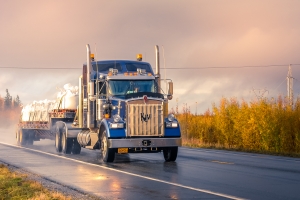
Pay is one of, if not the most important consideration to a driver when taking a new job. While Industry statistics show that average truck driver salaries are on the rise, most drivers are still understandably looking for more money based on the difficulty of the work they do. Let’s take a look at the different ways that drivers can make more money in trucking.
1. Gain More Experience

It’s not the quickest or most glamorous way, but a few years of experience can’t be overstated if you’re looking to make more money in truck driving.
It’s understandable that carriers will pay more to experienced drivers than to new ones. Much like everything nowadays, insurance premiums for carriers are on the rise. Carriers can decrease these hefty premiums by hiring experienced drivers with a clean driving record.
That’s why many carriers have years of experience requirements in their job postings. They’re willing to pay these drivers more since it will offset with the lower insurance premiums they’ll be paying.
If you’re a brand-new driver and not making as much money as you want to right now, don’t let it get to you. While you can’t do anything immediately about the years of experience you don’t have, you can follow the next few tips to start earning more money quickly.
2. Add Additional Endorsements

Once you’re an established CDL driver, you can seek to add additional endorsements that will give you access to a larger range of truck driving jobs.
The double/triples endorsement allows drivers to haul two or three-times more freight, while driving the same amount of time as you would with a single trailer. A HAZMAT endorsement will open doors to new opportunities with companies that specialize in the transportation of flammable or otherwise dangerous materials.
There are several of these endorsements that CDL drivers can earn if they’re looking to make more money. A full list of these endorsements (and their requirements) can be found here.
3. Maximize Available Bonuses
 Bonuses are a great way to make more money in trucking. Most carriers likely have their own bonus structure, and you should have a copy of the payout information available to you when you start working for them.
Bonuses are a great way to make more money in trucking. Most carriers likely have their own bonus structure, and you should have a copy of the payout information available to you when you start working for them.
Outside of a standard sign-on bonus, your carrier might offer various additional bonuses based on performance, safety or longevity.
Planning well and using proper driving techniques could qualify you for a fuel efficiency bonus. Having a track record that shows you’re a safe driver who follows the rules could put you in line for a safety bonus. Being consistently prompt with your deliveries may qualify you for an on-time delivery bonus. Be sure you’re aware of all the available bonuses you carrier offers, and work to achieve them regularly.
4. Keep Your Skills Sharp and Your Reputation Safe
 Another tip is to keep up with the new systems and processes in the industry. Technology is always changing so make sure you’re doing your part to keep up with the necessary tools and systems that can benefit you in the future. Something that’s optional now might become mandatory to use in the future. Learn it now, and you’ll have an advantage later when you’re applying to higher-paying jobs.
Another tip is to keep up with the new systems and processes in the industry. Technology is always changing so make sure you’re doing your part to keep up with the necessary tools and systems that can benefit you in the future. Something that’s optional now might become mandatory to use in the future. Learn it now, and you’ll have an advantage later when you’re applying to higher-paying jobs.
Keeping your skills sharp is important, but your reputation in the industry is just as important. Be sure to always keep things professional and respectful whenever you’re working. You never know when you’ll run into a former dispatcher or fleet manager down the road when applying for a new job.
While the trend of rising truck driver pay doesn’t seem to be slowing, you can use these tips to add even more to your bank account. The amount of effort you put into it now will be rewarded with a bigger paycheck in the future.
If you’re looking for a great trucking job that pays well and meets your needs, consider creating a free profile with Drive My Way. Our proprietary software matches drivers with a job based on their qualifications and unique lifestyle needs.
Looking for a new CDL Job?
Drive My Way matches you with a job based on your preferences like pay, home time, touch level, and more.

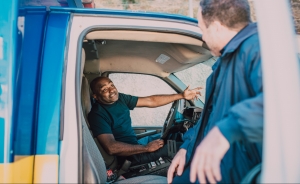

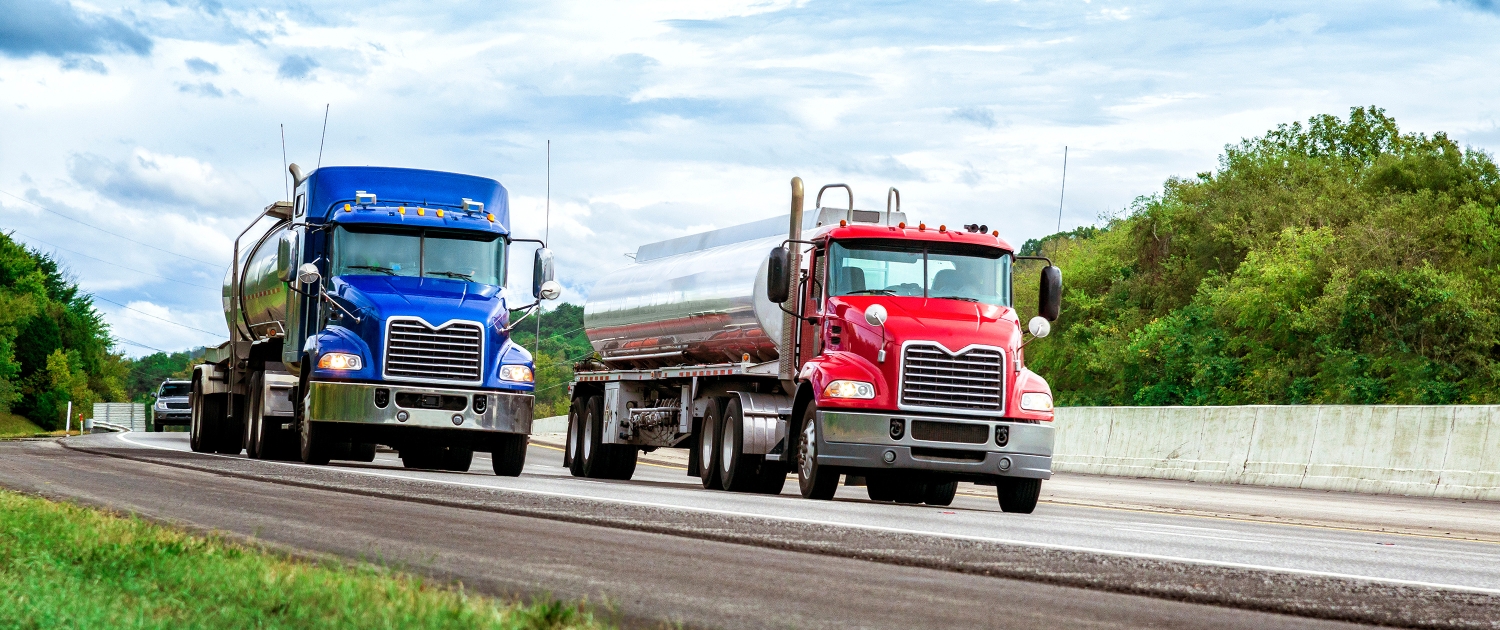


 Driving provides women truckers with many of the same advantages as it does to men—independence, flexibility, and the opportunity to travel across the country.
Driving provides women truckers with many of the same advantages as it does to men—independence, flexibility, and the opportunity to travel across the country. While work-life balance should be important for all truckers, it’s sometimes not as important to men. Carriers may become used to offering insufficient
While work-life balance should be important for all truckers, it’s sometimes not as important to men. Carriers may become used to offering insufficient 

 Women truck drivers will have specific concerns about hygiene that male drivers won’t. And unfortunately, sometimes male drivers, fleet managers, or truck stop employees may be unaware or unsympathetic to these issues.
Women truck drivers will have specific concerns about hygiene that male drivers won’t. And unfortunately, sometimes male drivers, fleet managers, or truck stop employees may be unaware or unsympathetic to these issues.


 Studies show that living in a
Studies show that living in a  While you won’t be able to fix everything on your truck, having the right tools to tighten, straighten, or replace something in a pinch can be the difference between waiting hours for roadside assistance and getting back on the road in a matter of minutes.
While you won’t be able to fix everything on your truck, having the right tools to tighten, straighten, or replace something in a pinch can be the difference between waiting hours for roadside assistance and getting back on the road in a matter of minutes.  The importance of taking care of yourself on the road can’t be overstated. While most of the items on this list seem like common sense, it’s never a bad idea to double check to make sure you’re not missing anything important.
The importance of taking care of yourself on the road can’t be overstated. While most of the items on this list seem like common sense, it’s never a bad idea to double check to make sure you’re not missing anything important. 
 For most drivers, their smartphone is all they need for entertainment when stopped for the night. But if you’re looking to spend less time on your phone, there are a number of options for entertainment that don’t involve your smartphone.
For most drivers, their smartphone is all they need for entertainment when stopped for the night. But if you’re looking to spend less time on your phone, there are a number of options for entertainment that don’t involve your smartphone.  Here are some other things you might want to add to your list.
Here are some other things you might want to add to your list.
 CBD (short for cannabidiol) is a compound found in cannabis plants like hemp and marijuana. There are over 113 such compounds in the cannabis plant, known as cannabinoids. The most well-known cannabinoids are CBD and THC (short for tetrahydrocannabinol).
CBD (short for cannabidiol) is a compound found in cannabis plants like hemp and marijuana. There are over 113 such compounds in the cannabis plant, known as cannabinoids. The most well-known cannabinoids are CBD and THC (short for tetrahydrocannabinol).  There are many CBD derived products that are available for use on the market. For example, CBD oil is made by extracting the compound from either hemp or marijuana plants. These products of course contain CBD, but other things as well, including trace amounts of THC.
There are many CBD derived products that are available for use on the market. For example, CBD oil is made by extracting the compound from either hemp or marijuana plants. These products of course contain CBD, but other things as well, including trace amounts of THC. It’s important to remember that while marijuana and its derived products are becoming legalized in more and more states, it’s still illegal on the federal level. This means if you are drug tested using the federal drug testing panel and use CBD, it will be reported out as a positive drug test. The recent clearinghouse regulations mean that this test result data will be available to other employers in the trucking industry.
It’s important to remember that while marijuana and its derived products are becoming legalized in more and more states, it’s still illegal on the federal level. This means if you are drug tested using the federal drug testing panel and use CBD, it will be reported out as a positive drug test. The recent clearinghouse regulations mean that this test result data will be available to other employers in the trucking industry.  So, what’s the bottom line for people wondering “can truck drivers use CBD?”
So, what’s the bottom line for people wondering “can truck drivers use CBD?” 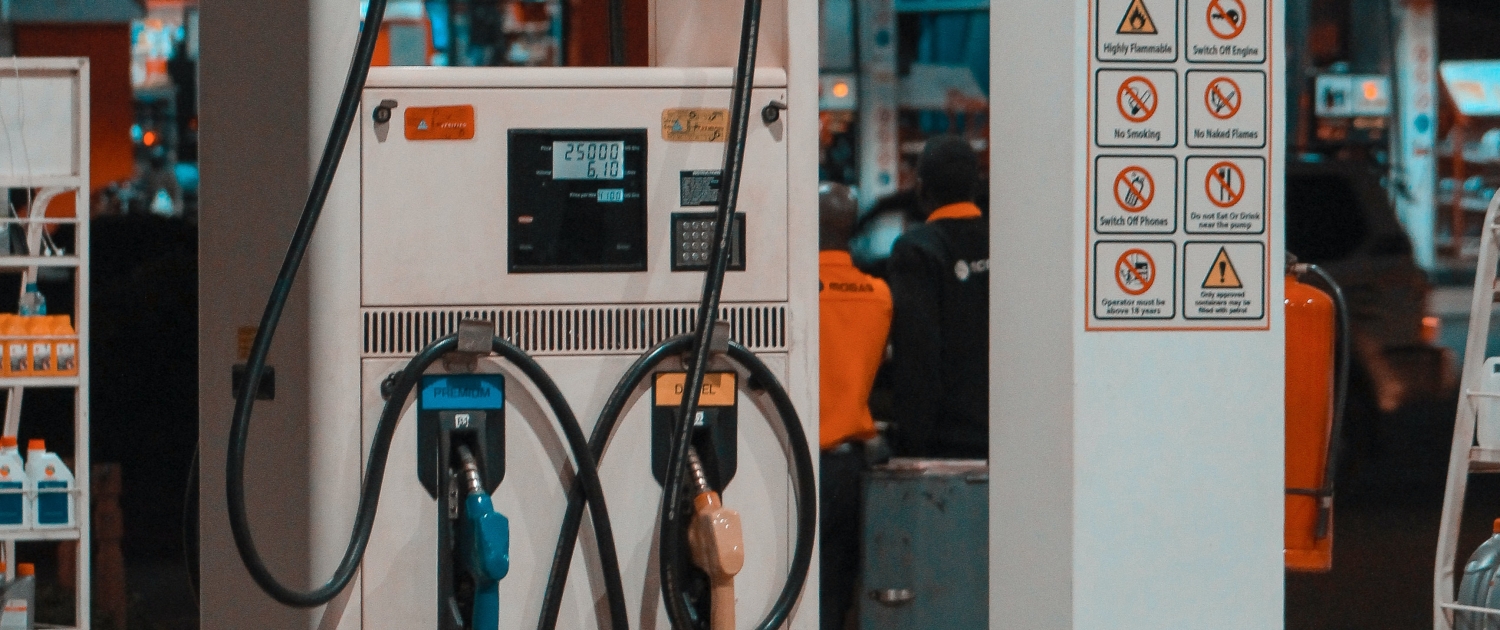 Diesel fuel prices are finally beginning to fall. For the first time since March 2022, the average price for a gallon of diesel
Diesel fuel prices are finally beginning to fall. For the first time since March 2022, the average price for a gallon of diesel 
 While this isn’t always possible for OTR and regional drivers, limiting rest area stops at night is the best way to protect yourself on the road. When you do have to stop at a rest stop, avoid stopping at the nearest truck stop. Instead, do some research on the best ones on your route.
While this isn’t always possible for OTR and regional drivers, limiting rest area stops at night is the best way to protect yourself on the road. When you do have to stop at a rest stop, avoid stopping at the nearest truck stop. Instead, do some research on the best ones on your route. The same rules that apply to parking garage and parking lot safety also apply to truck stops. If you need to get out of your cab at night, there’s a few different things you can do to be as safe as possible.
The same rules that apply to parking garage and parking lot safety also apply to truck stops. If you need to get out of your cab at night, there’s a few different things you can do to be as safe as possible.  When people talk about protecting themselves, one thing usually comes to mind; firearms. While many drivers do prefer to carry while in their vehicle, there are some things you should be aware of if you plan on doing the same.
When people talk about protecting themselves, one thing usually comes to mind; firearms. While many drivers do prefer to carry while in their vehicle, there are some things you should be aware of if you plan on doing the same. 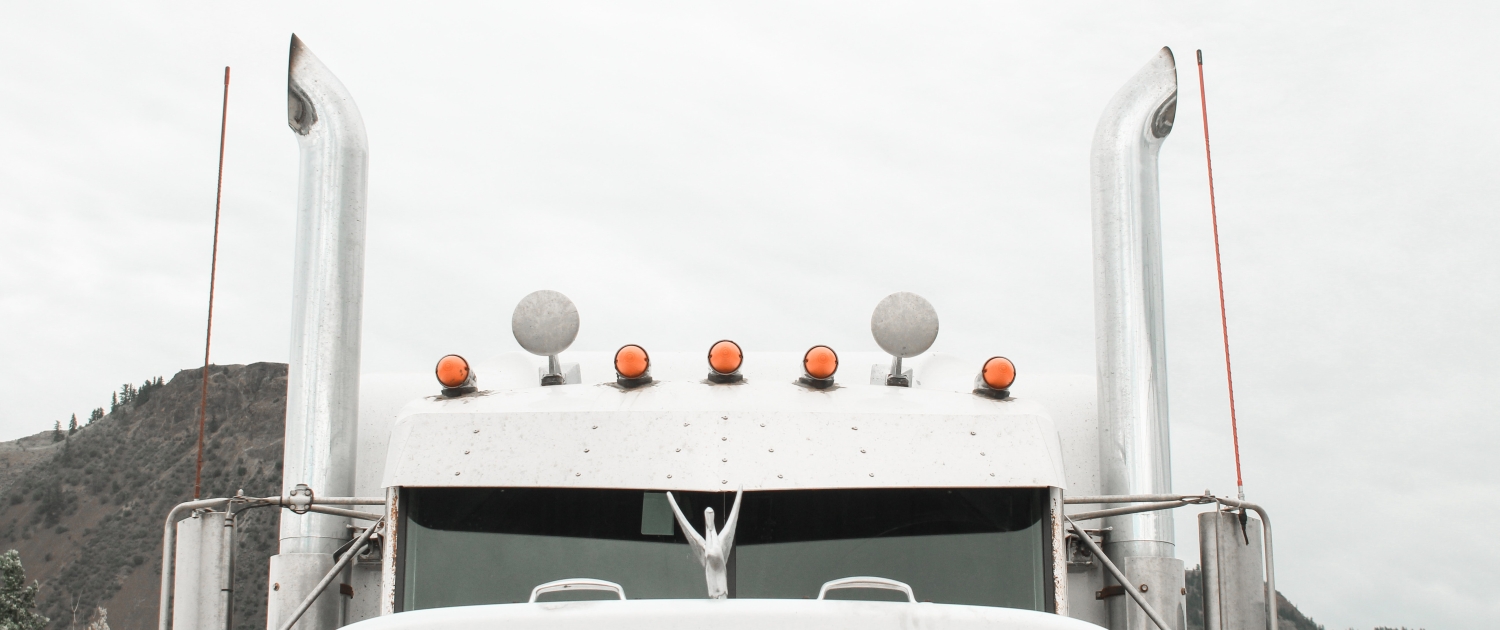 Even after graduating from a CDL school, many drivers feel like they’re not ready for all of the challenges life on the road throws at them. This is understandable as there’s a lot to being a truck driver that isn’t included in CDL schools.
Even after graduating from a CDL school, many drivers feel like they’re not ready for all of the challenges life on the road throws at them. This is understandable as there’s a lot to being a truck driver that isn’t included in CDL schools.  A CDL Finishing Program is an entry-level position where a driver is teamed up with an experienced
A CDL Finishing Program is an entry-level position where a driver is teamed up with an experienced  Like with anything in life, it’s important to understand the terms of what you’re agreeing to before you sign-on. Some companies may want you to work for them for a designated amount of time after the program is up, while others may not.
Like with anything in life, it’s important to understand the terms of what you’re agreeing to before you sign-on. Some companies may want you to work for them for a designated amount of time after the program is up, while others may not.  Nope. Finishing Programs aren’t like CDL schools. It’s an entry-level position where you’ll be working for the company you’re signed on with and earning a
Nope. Finishing Programs aren’t like CDL schools. It’s an entry-level position where you’ll be working for the company you’re signed on with and earning a  Many large carriers offer finishing programs for new drivers.
Many large carriers offer finishing programs for new drivers. 





